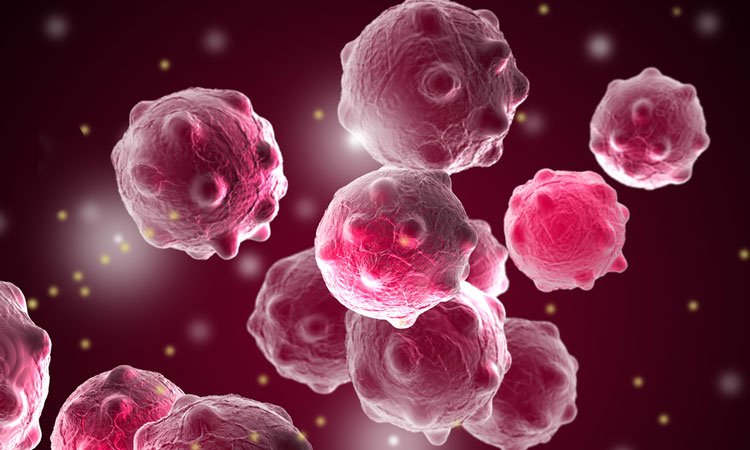The path of metallodrugs in breast cancer cells
Posted: 4 February 2019 | Iqra Farooq (Drug Target Review) | No comments yet
The path a metallodrug uses to target and kill cancer cells could be used to design drugs to target triple-negative breast cancer…


Scientists from numerous institutions collaborated to work on a metallorganic molecule to be used as an antitumour drug.
Researchers from Inserm, CNRS, Sorbonne University, PSL university, University Grenoble Alpes and ESRF, the European Synchrotron have given insights on the mechanism these molecules use to attack cancer cells.
Around 10 to 20 percent of breast cancers are triple-negative, and are not fuelled by hormones. This type of cancer tests negative for estrogen and progesterone receptors and excess HER2 protein. Thus, it does not respond to hormonal treatments or antibody therapies. Because of this, and that it often has a higher grade, and is more aggressive, researchers are desperately looking for new treatments.
The research team wanted to identify the route used by these molecules in order to reach the cancer cells. The metallorganic molecules are derivatives of the drug tamoxifen.
“We know this molecule works because extensive tests have been already carried out, but we don’t know how it manages to kill the cancer cell. That is why we want to quantify and localise the drug inside the cell, to understand its efficiency”, explained Dr Sylvain Bohic, Scientist at the Inserm and main author of the study.
Using beamline ID16A and Synchrotron imaging, the team studied the intracellular distribution of the metallocifen, which they could track down with a resolution of 35 nanometres.
“The investigations are going on for a few years and finally benefit of the latest capabilities of the instrument in terms of 2D and 3D cryo X-ray fluorescence approaches”, added Dr Peter Cloetens, in charge of ID16A.
The molecule was shown to penetrate the membrane of the cancerous cell because of its lipophilic nature, targeting an essential cellular organelle that is made up of membranous sheets and tubules that begin at the nucleus and extend across the cell. It then oxidises and attacks various areas of the cell at the same time.
“Think of it as if the metallorganic molecule starts many fires in different places in the cancer cell, until the tumoral cell can’t deal with it anymore and it dies”, explained Dr Bohic.
The research team mentioned how this class of drugs that act upon multiple targets could become an alternative of classical chemotherapy.
“This study is a contribution to the understanding of alternative mechanisms from chemotherapy to heal cancer. We are at an early stage of research, so clinical trials have not begun yet, but so far it is promising”, said Professor G. Jaouen, at Sorbonne University and PSL University. The next step is to identify how this molecule acts in healthy cells and to study its toxicology.
The study was published in the journal Angewandte Chemie.
Related topics
Disease research, Drug Discovery, Drug Targets, Oncology, Research & Development, Therapeutics
Related conditions
Breast cancer
Related organisations
CNRS, ESRF, Inserm, PSL university, Sorbonne University, University Grenoble Alpes
Related people
Dr Peter Cloetens, Dr Sylvain Bohic, Professor G. Jaouen


